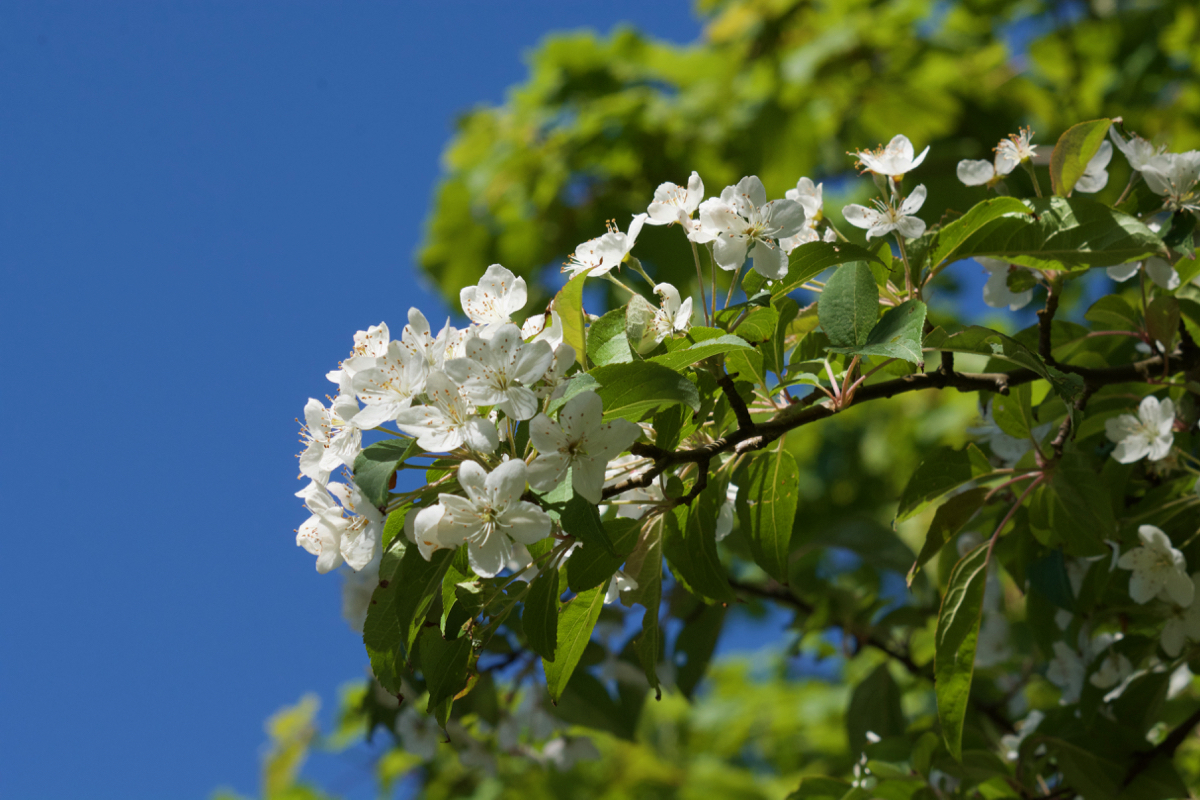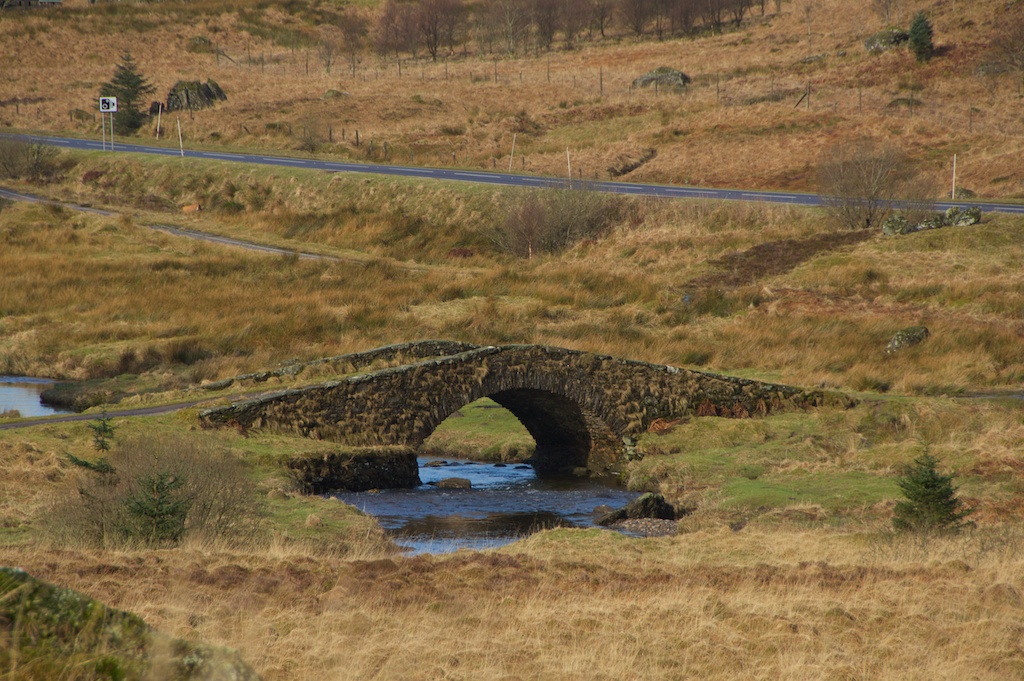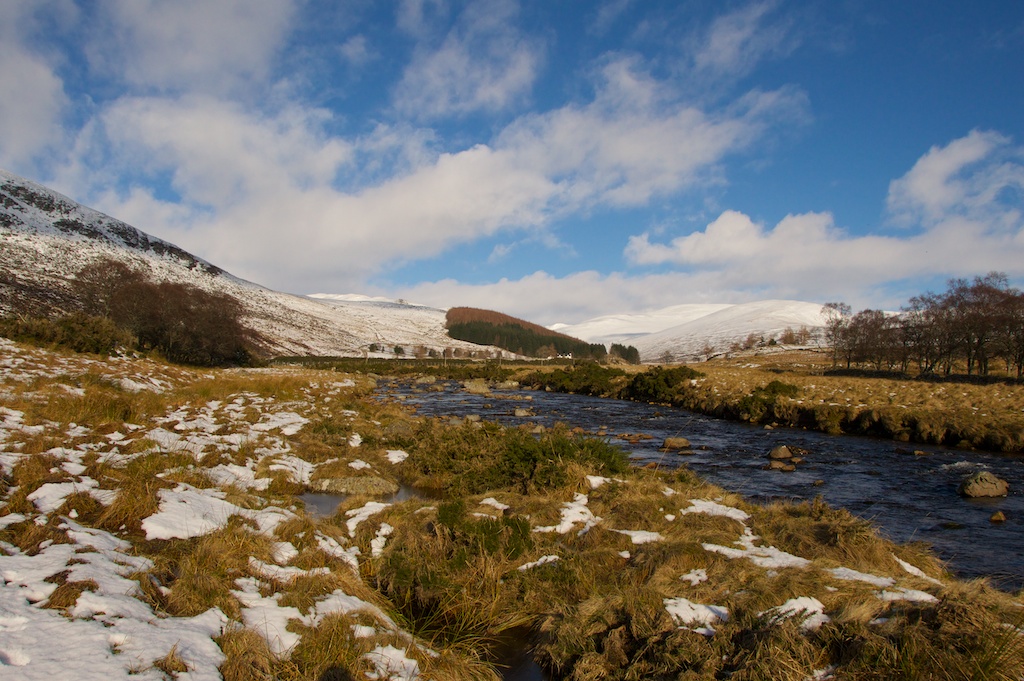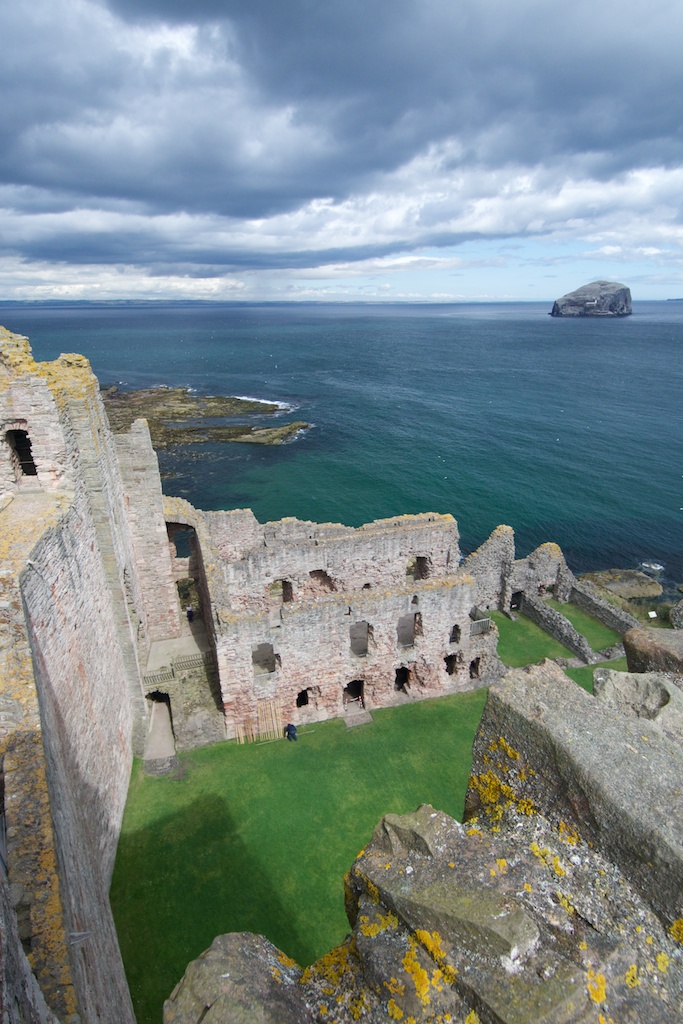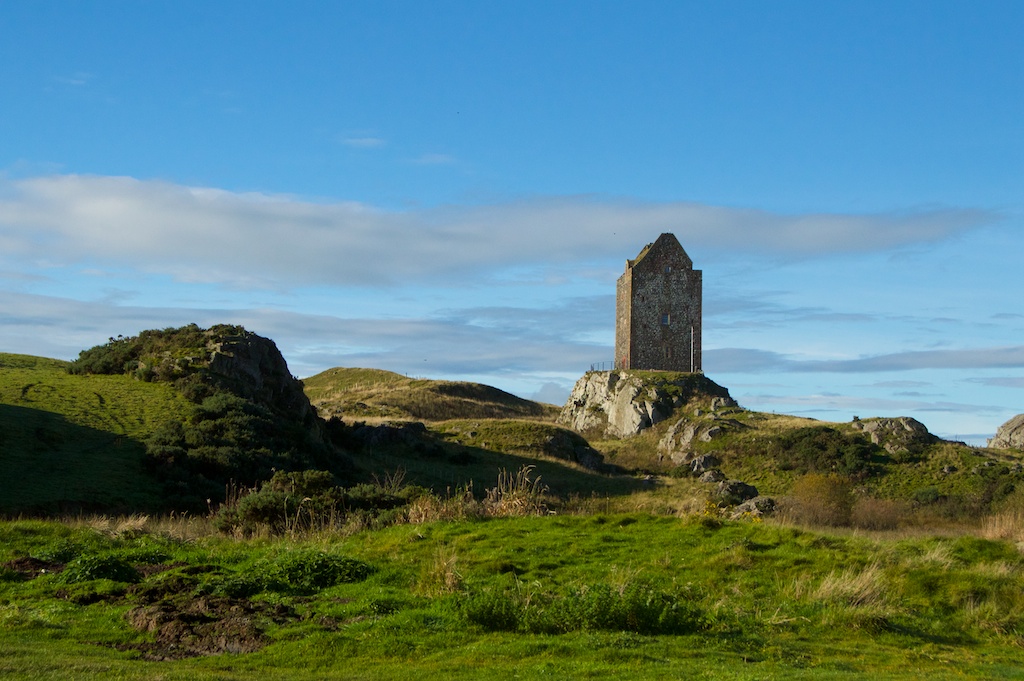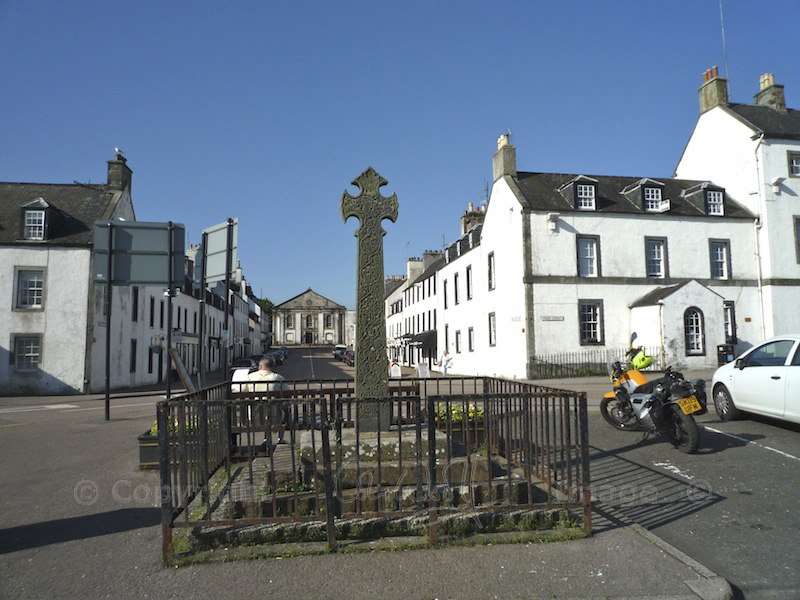
Clan MacThomas and the Clach na Coileach
 Here’s an interesting riddle. On a summer day in the year 1635, if you were a traveller on the road that winds up from Bridge of Cally into the mountains of Glen Shee, you might have come across a rather gruesome but puzzling sight: the bodies of four men, one headless, lying at the base of a rock, with a discarded sack full of live chickens at their feet. From the top of the boulder, an over-excited cockerel is crowing in triumph.
Here’s an interesting riddle. On a summer day in the year 1635, if you were a traveller on the road that winds up from Bridge of Cally into the mountains of Glen Shee, you might have come across a rather gruesome but puzzling sight: the bodies of four men, one headless, lying at the base of a rock, with a discarded sack full of live chickens at their feet. From the top of the boulder, an over-excited cockerel is crowing in triumph.
If you were a newcomer to the district, you’d probably be forgiven for suspecting witchcraft and beating a hasty retreat. But if you were a local, you’d know without a doubt that this was the work of a famous warrior: John McComie Mor.
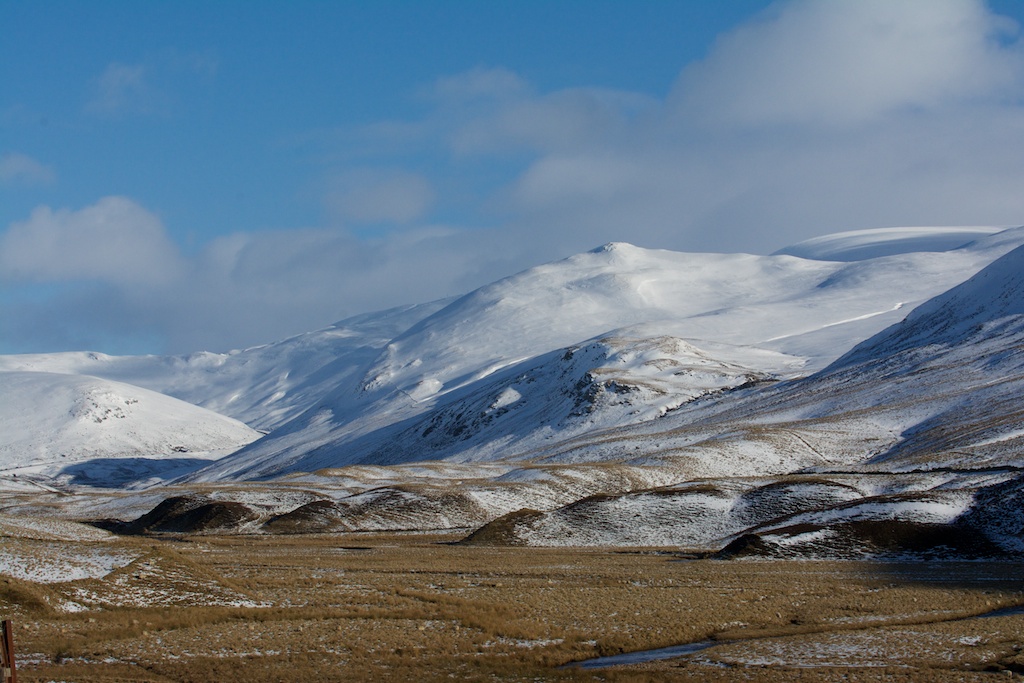 Renowned for his physical strength and force of character, McComie Mor was the 7th Chief of Clan MacThomas. The land which he and his clansmen occupied in Glen Shee was owned by the Earls of Atholl, and in exchange for this they paid a rent which was extracted from the poorer tenants in the form of crops or livestock. This was known as ‘kain’.
Renowned for his physical strength and force of character, McComie Mor was the 7th Chief of Clan MacThomas. The land which he and his clansmen occupied in Glen Shee was owned by the Earls of Atholl, and in exchange for this they paid a rent which was extracted from the poorer tenants in the form of crops or livestock. This was known as ‘kain’.
A handful of Atholl’s men were responsible for collecting the kain, and on that particular summer’s day they had been beating on the door of an elderly widow. The woman was living in a cold, comfortless bothy with little to sustain her except the eggs and meat provided by a small flock of chickens. Ignoring her protests, the rent collectors seized all the chickens and bundled them, squawking, into a sack.
Without her hens, the widow knew she would soon starve to death. In great distress, she fled to the house of her clan chief, McComie Mor, and begged for help. John McComie was outraged. It didn’t take him long to gather a party of loyal kinsmen, and together they set off down the glen, hell-bent on revenge.
 Near a huge glacial boulder at the foot of Glen Shee, McComie and his men came face to face with the rent collectors. Claymores were drawn, and sporrans were bristling. McComie loudly demanded the return of the old woman’s chickens, and the Atholl men just as loudly refused. But ‘stalemate’ wasn’t in the dictionary of the Highlanders, and McComie Mor was having no nonsense. With one blow of his sword he severed the leader’s head, and his companions set about the others with such force that three more corpses soon lay at their feet. The survivors dropped their weapons and ran.
Near a huge glacial boulder at the foot of Glen Shee, McComie and his men came face to face with the rent collectors. Claymores were drawn, and sporrans were bristling. McComie loudly demanded the return of the old woman’s chickens, and the Atholl men just as loudly refused. But ‘stalemate’ wasn’t in the dictionary of the Highlanders, and McComie Mor was having no nonsense. With one blow of his sword he severed the leader’s head, and his companions set about the others with such force that three more corpses soon lay at their feet. The survivors dropped their weapons and ran.
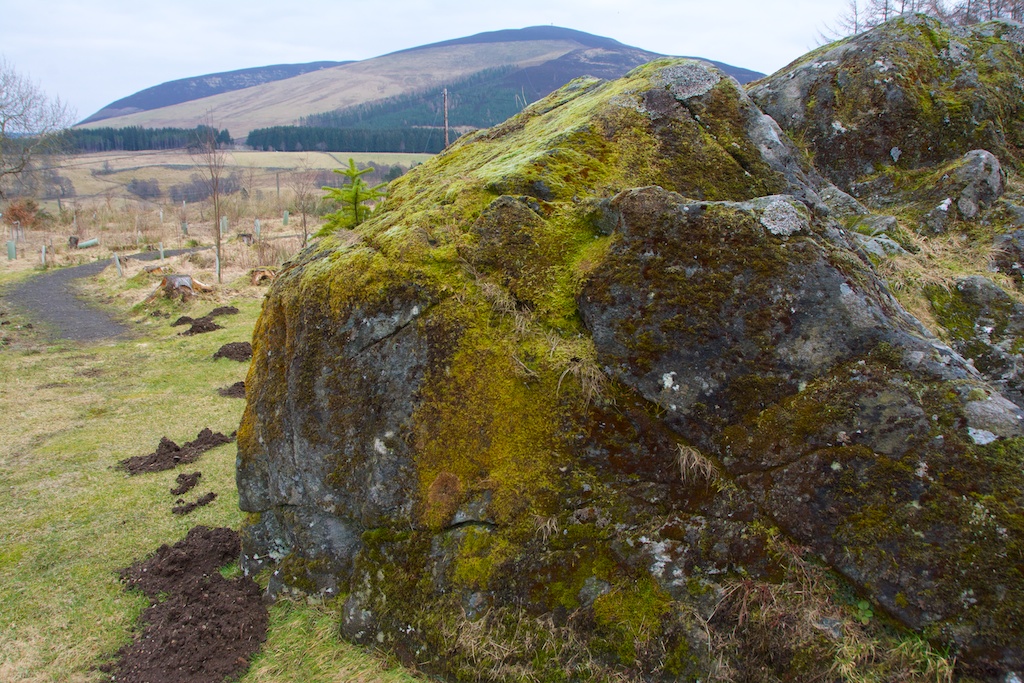 In the heat of the moment, no one had bothered to keep an eye on the sack containing the disputed chickens. From this, the cockerel emerged unnoticed, and in his freedom he discovered himself to be the king of a much larger territory than he remembered. He flapped up onto the top of the boulder and lost no time in announcing his sovereignty to the world, as McComie Mor and his men sheathed their swords and prepared to depart.
In the heat of the moment, no one had bothered to keep an eye on the sack containing the disputed chickens. From this, the cockerel emerged unnoticed, and in his freedom he discovered himself to be the king of a much larger territory than he remembered. He flapped up onto the top of the boulder and lost no time in announcing his sovereignty to the world, as McComie Mor and his men sheathed their swords and prepared to depart.
While the hens were returned to their rightful owner, history (or legend) is a little vague as to the fate of the cockerel. But he bequeathed his name to his rocky throne, which became known as the Clach na Coileach or the Cockstane.
Clan MacThomas
McComie’s name evolved from the Gaelic ‘MacThomaidh’, which is pronounced ‘MacHomy’. The clan can be traced back to the 15th century and a man called Thomaidh Mor or ‘Great Tommy’ of Clan Chattan in Badenoch. The MacThomas clan have since spread throughout the world, with variants that include Combie, McColm, McComb and MacOmish.
The clan’s symbol, of a wild cat grasping a snake, is displayed on the gate into the enclosure, and the new planting of forestry around the stone includes snowberry, which is the clan’s badge. The present chief is Andrew MacThomas of Finegand, and every three years the clan holds a gathering at Clach na Coileach.
Finding the Clach na Coileach
From Blairgowrie, take the A93 north towards Braemar. Just after the turning to Glen Isla (B951) look out for a small car park on the left in some forestry. Go through the ornamental gate and the Clach na Coileach is visible just a stone’s throw beyond.
Sources:
Photos copyright © Jo Woolf
